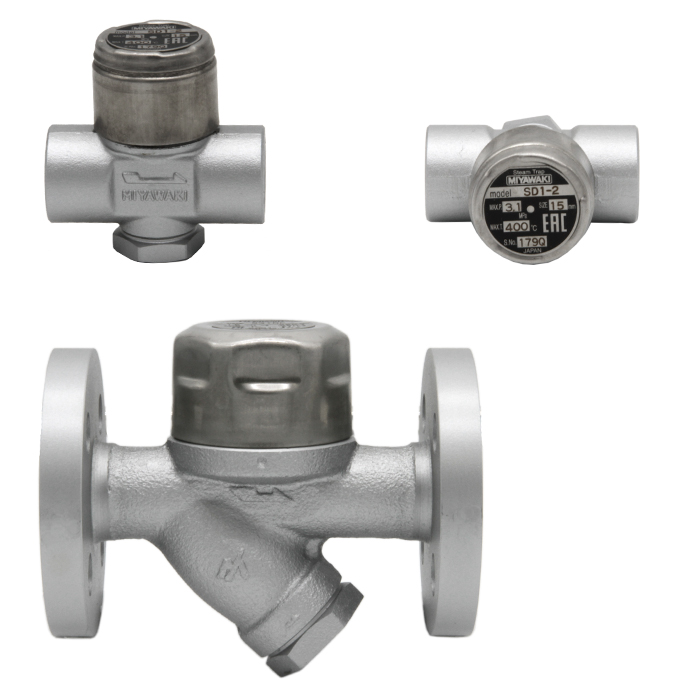
Steam traps are crucial to the operation of any heating or boiler system. Regularly testing them will help to ensure that your system is operating at its best and increase their longevity.
Steam traps come in various designs, however, they all function using the same principle. Pressure gauges, monitoring for leaks, and examining the temperature of the outlet pipe are all a way to test for proper function.
Size
There are a variety of options for steam traps to satisfy the requirements of any pipe or vessel. These include A126 cast iron, stainless steel, and other types of material.
Certain of steam trap cape town are designed for heavy discharge of condensate while others are designed for low or no discharge. The selection of a steam trap should consider the amount of condensate it will remove and the pressure it operates at.
The type of pipe that is used in the heat transfer equipment is a different consideration. A steam trap that is in line with the piping in the outlet of the equipment is the best way to ensure that condensate flows are maintained.
If the heat transfer equipment has 2" connections to piping, steam traps should have a 1.5 inch pipe size to allow for the large condensate volume.
Design
designed to release condensate and other non-condensable gases, traps are usually placed at intervals along a pipeline. They alleviate pressure in the pipes and control the flow of steam within them.
The most important aspect of any steam-related project is to choose the appropriate steam trap south Africa. It is important to consider the maximum operating pressure and temperature of the trap's discharge location (CDL) and the surrounding environment, and the need for minimal maintenance and longevity.
This is a crucial factor to consider when choosing the material used to construct the steam trap's body. For instance, the trap may require a temperature of minus when installed outdoors or in non-heated areas and must be able to accommodate the condensate pressure that could be needed downstream of it.
Traps need to be designed to be precisely so that they do not be too small for condensate flow through the jacketing and equipment. This will not only cause water logging, but it can impact the heating process and cause problems like air water hammer, vapor lock and corrosion.
Materials
The most vital component is the steam trap. They are used to prevent condensate back-up within a steam line which could cause waterhammer and reduce the quality of steam.
There are many types of steam traps that are available on the market. There are three types of steam traps that are thermodynamic, mechanical or balanced pressure traps.
Thermostatic steam traps detect the temperature difference between steam & condensate. The thermostatic element is triggered to move and then close the valve.
A thermostatic steam trap south Africa is controlled by the operation of a valve controlled by a sensing element that expands when hot condensate enters the body. It then contracts when cooler condensate is present.
In the industry of process, steam traps are often included in the main specifications of the material used in the steam piping networks. These specifications can include information like pressure ratings as well as end conditions.
In some cases integral strainers can also be incorporated in steam traps to decrease the amount of fittings needed. This is particularly beneficial in cases that require fast venting of air, such as steam jackets.
Installation
Steam traps serve to remove steam from steam-powered plant. Condensate from steam-powered plants could cause heat loss, which can be harmful to the efficiency of the plant.
Steam trap installation is often the most important aspect of the plant's design and maintenance. A properly installed system will ensure that your steam trap functions efficiently and releases condensate safely.
When a steam trap is placed in an outlet of equipment, it must be equipped with a strainer that will catch the dirt and pipescale that can hinder the operation of the device. It is also recommended to be fitted with a view glass to permit to see the trap's outlet and condensate drain.
The steam trap should be designed to accommodate different operating conditions. For cold start-ups the capacity of the trap must be increased by three to two times the amount of condensate that is expected under normal operating conditions as per Watson McDaniel.